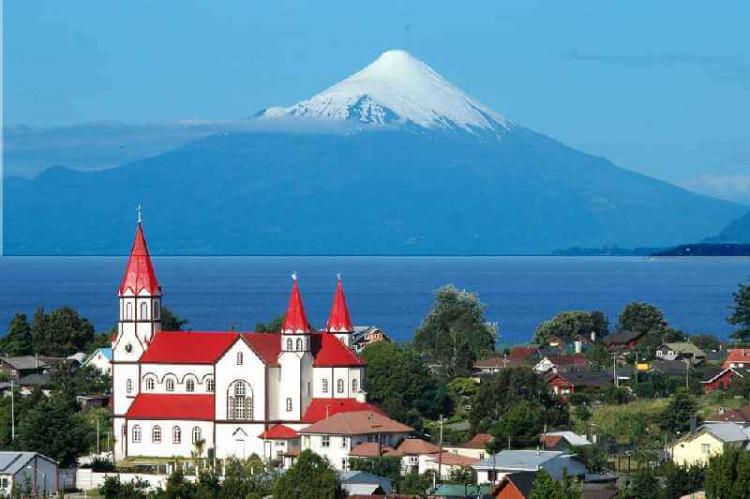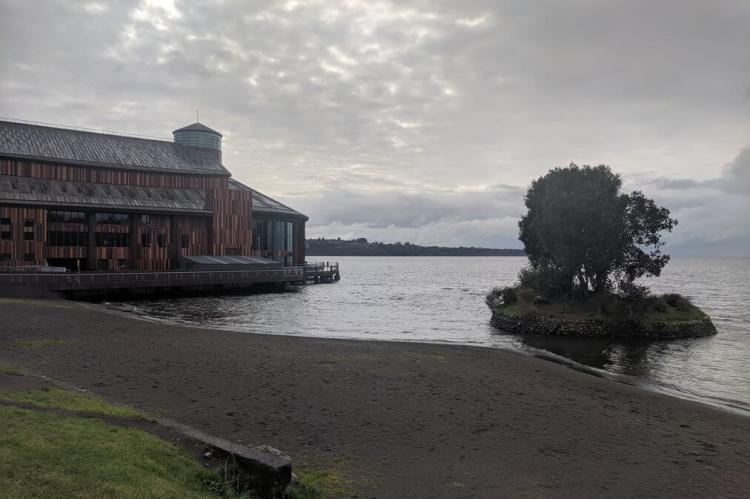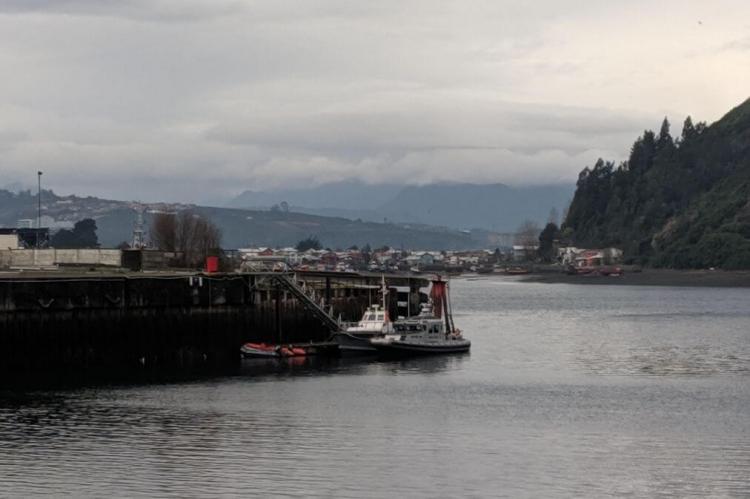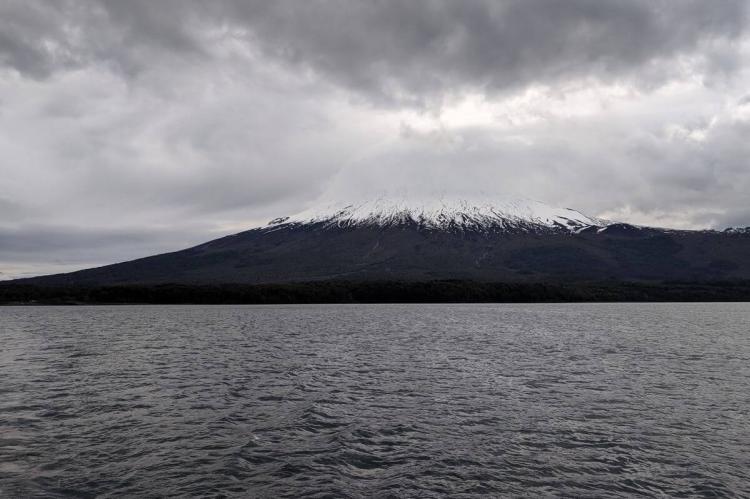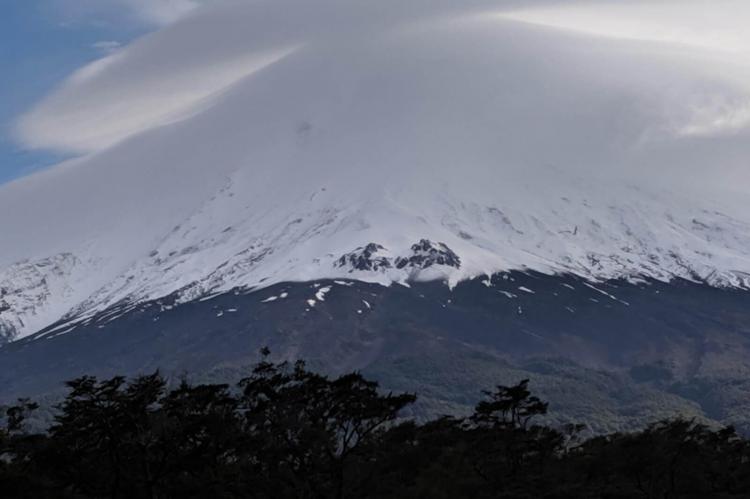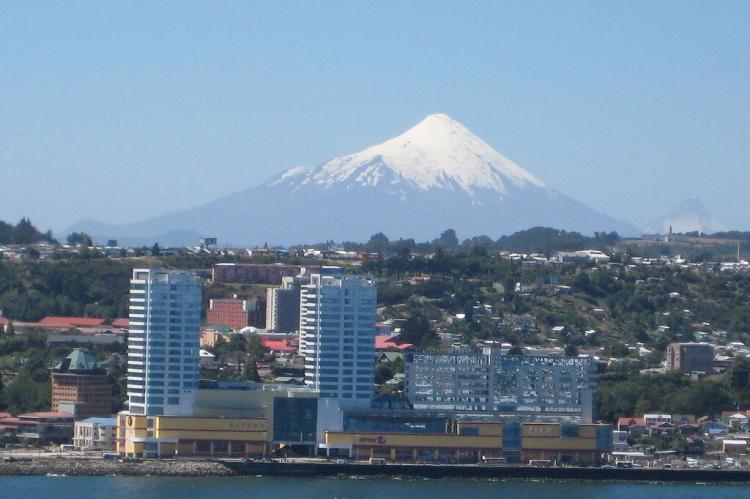Lake Llanquihue and Osorno Volcano: Treasures of Chile's Lake District
Nestled in the heart of Chile's enchanting Lake District lies Lake Llanquihue, a sprawling body of water renowned for its scenic beauty and cultural significance. With its snow-capped peak and dramatic silhouette, Osorno Volcano creates a striking contrast against the lake's azure waters.
Lake Llanquihue and Osorno Volcano: Treasures of Chile's Lake District
Nestled in the heart of Chile's enchanting Lake District lies Lake Llanquihue, a sprawling body of water renowned for its scenic beauty and cultural significance. With its vast expanse of dark waters and striking black sand shores, Lake Llanquihue captivates the imagination, drawing visitors worldwide to explore its shores and surrounding landscapes. Situated between Osorno Province and Llanquihue Province, Osorno Volcano commands attention with its snow-capped peak and dramatic silhouette, creating a striking contrast against the azure waters of Lake Llanquihue.
Lake Llanquihue
Lake Llanquihue, the second-largest lake in Chile, occupies a prominent place in the southern Los Lagos Region, encompassing parts of both Llanquihue and Osorno provinces. This majestic body of water spans an impressive 330 square miles (860 square kilometers), with a shoreline stretching 197 kilometers (122 miles) around its distinctive fan-like shape.
The depths of Lake Llanquihue are genuinely awe-inspiring, plunging to an astonishing 5,000 feet (1,500 meters) at its deepest point. With an average depth of 603 feet (183.7 meters), the lake's expansive waters hold a total volume of 38 cubic miles (158 cubic kilometers), making it a vital resource for the surrounding communities.
This natural wonder is a testament to Chile's ancient geological history, shaped by the powerful forces of ice and water during the Quaternary glaciations. The lake's rugged terrain and dramatic landscapes, formed by successive Piedmont glaciers, offer a glimpse into the region's glacial legacy. The last glacial period, known as the Llanquihue glaciation, left behind terminal moraine systems that witnessed the immense power that sculpted this remarkable landscape.
Beyond its geological significance, Lake Llanquihue provides a habitat for diverse aquatic life, contributing to the rich biodiversity of the southern Los Lagos Region. This majestic lake, with its stunning vistas and deep, pristine waters, stands as a testament to the natural wonders of Chile, captivating visitors and locals alike.
Puerto Varas and Resort Towns
Nestled along the southwest shore of the majestic Lake Llanquihue lies the charming colonial city of Puerto Varas, renowned for its picturesque German-style architecture and vibrant cultural scene. As a gateway to the stunning Lake District, Puerto Varas offers visitors a wealth of attractions, from quaint cafes and artisan markets to panoramic viewpoints overlooking the lake and the surrounding volcanoes.
Beyond Puerto Varas, the region surrounding Lake Llanquihue is dotted with several popular resort towns, each offering its unique charm and array of outdoor adventures. The town of Llanquihue, for instance, is a picturesque lakeside retreat that draws visitors seeking relaxation and cultural experiences amidst the area's natural beauty.
Similarly, the charming town of Puerto Octay, situated along the lake's shores, provides ample opportunities for exploration and enjoyment. Visitors can indulge in various activities, from boating and fishing to hiking and horseback riding, all while immersed in the breathtaking landscapes that define this remarkable region.
These idyllic lakeside communities, with their blend of natural wonders and cultural richness, serve as the perfect base for travelers looking to fully immerse themselves in the captivating essence of Chile's Lake District. Whether seeking outdoor adventure or a peaceful respite, the towns surrounding Lake Llanquihue offer an unparalleled gateway to the region's stunning natural beauty and vibrant local heritage.
Osorno Volcano
Dominating the southeastern shore of the captivating Lake Llanquihue stands the iconic Osorno Volcano, a majestic conical stratovolcano that rises to an impressive elevation of 2,652 meters (8,701 feet). Situated between the provinces of Osorno and Llanquihue, this geological marvel commands attention with its snow-capped peak and dramatic silhouette, creating a striking contrast against the azure waters of the lake below.
Osorno Volcano is one of the most active volcanoes in the southern Chilean Andes, with 11 recorded eruptions between 1575 and 1869. The volcano's dynamic history includes a famous eruption witnessed by the renowned British naturalist Charles Darwin during his voyage on the HMS Beagle in 1835. These eruptions have left a lasting impact on the surrounding landscape, with basalt and andesite lava flows reaching as far as the nearby Llanquihue and Todos Los Santos Lakes.
Despite its modest altitude and latitude, Osorno Volcano is adorned with glaciers that blanket its upper slopes, sustained by the region's substantial snowfall and moist maritime climate. These glaciers, combined with the volcano's composite structure, contribute to the production of pyroclastic flows, adding to this geological marvel's dynamic and ever-evolving nature.
Vicente Pérez Rosales National Park
Nestled within the captivating landscapes of Chile's Lake District, the eastern slope of the majestic Osorno Volcano lies within the boundaries of Vicente Pérez Rosales National Park. As Chile's first national park, established in 1926, this protected area encompasses a diverse tapestry of ecosystems, from temperate rainforests and alpine meadows to pristine lakeshores, providing a haven for a rich array of flora and fauna.
Visitors to this natural wonder can embark on a journey of discovery, exploring a network of hiking trails that wind through the park's breathtaking landscapes. Along the way, they may witness the cascading waters of the Petrohué Waterfalls, a stunning natural feature that adds to the park's allure. But the true highlight of a visit to Vicente Pérez Rosales National Park is the opportunity to marvel at the panoramic vistas from the slopes of Osorno Volcano, offering unparalleled views of the surrounding lakes, forests, and snow-capped peaks.
Conclusion
At the heart of Chile's enchanting Lake District, the iconic duo of Lake Llanquihue and Osorno Volcano stand as true emblems of the region's natural beauty, geological history, and cultural heritage. This captivating landscape offers visitors an unparalleled opportunity to immerse themselves in a world of wonder and discovery.
Whether one is admiring the shimmering waters of the expansive Lake Llanquihue, trekking through the rugged landscapes of the renowned Vicente Pérez Rosales National Park, or marveling at the majestic silhouette of the snow-capped Osorno Volcano, the wonders of this region are sure to leave a lasting impression. Each element of this captivating landscape – from the lake's dark waters and black sand shores to the volcano's dramatic peaks and glacial formations – contributes to the overall tapestry of natural splendor that defines Chile's Lake District.
